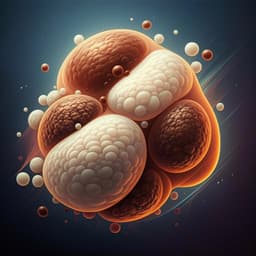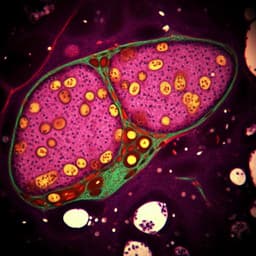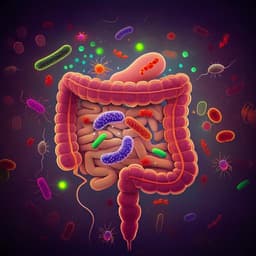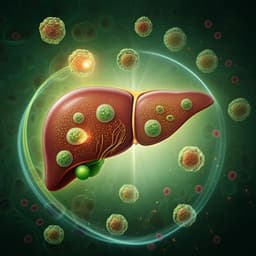
Medicine and Health
Phenethylamine in chlorella alleviates high-fat diet-induced mouse liver damage by regulating generation of methylglyoxal
Y. Zheng, A. Martin-morales, et al.
Discover how chlorella water extract and phenethylamine combat liver damage caused by high-fat diets in mice. This exciting research, conducted by Yifeng Zheng, Agustin Martin-Morales, Jing Wang, Masaki Fujishima, Eri Okumura, and Kenji Sato, reveals potential protective mechanisms against lipid oxidation and suggests a novel approach to liver health.
~3 min • Beginner • English
Related Publications
Explore these studies to deepen your understanding of the subject.







